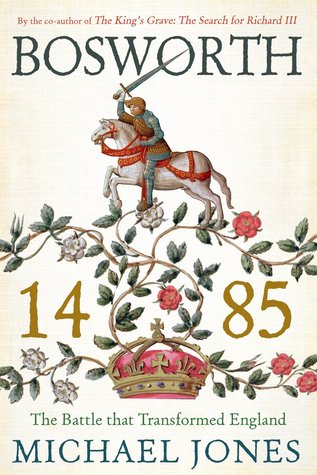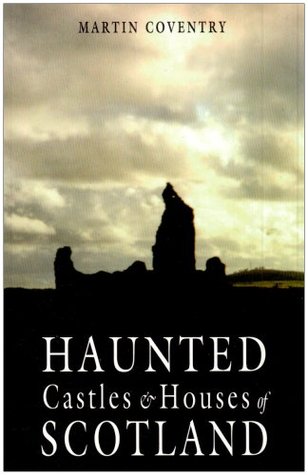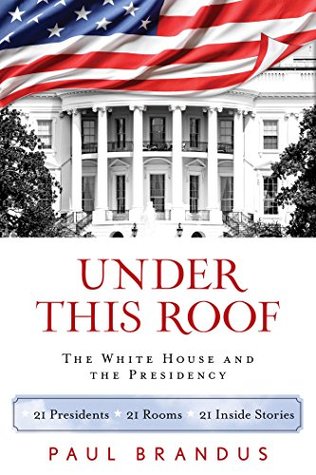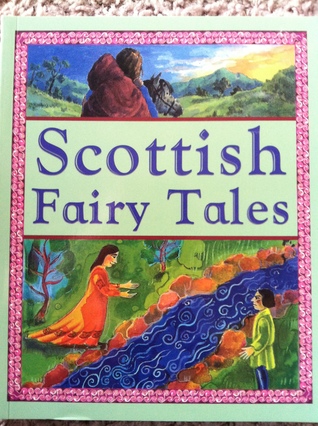
Rating: 3 Stars
Review:
Eh.
I am always looking to read anything I can about this time period, whether it is from the perspective of the Tudors, or "Ricardians", those kooky Richard III apologists who think that by re-envisioning history, they can rehabilitate the image of this king.
I enjoyed Jones' portions of "The King's Grave" - had that awful Philippa Langley written that whole book there is no way I could have finished it. I can not take someone seriously who is so obviously in love with the subject of her search. That is one of the reasons I then picked up this one, written some years before the discovery of Richard's grave.
I was never entirely clear on the allegations of Edward's birth, so this seemed to clear up how they came about and that Cecily herself first came forward about them after Edward married Elizabeth Woodville. I had always been under the impression that Richard had made these accusations after usurping the crown from his nephew Edward V. I did not know that it was Cecily herself saying these things, perhaps in an attempt to undermine the popular king's support. I am still not entirely convinced though, that it was not all Richard's doing. However, Jones makes an interesting case and one I am willing to consider, despite my firm belief that he did have his nephews murdered. The problem with this, and other pro-Richard books, is that his supporters are so eager to 'clear his name' that they only look at the facts that fit their own narrative. I don't believe we will ever know what really happened, but I also think that the most likely suspect is the guilty one - and that is Richard.
The murder of the princes is not all this books covers however - though it is an important aspect. If you are not one who normally reads battle history and were put off by the title, don't be. I also do not enjoy battle or military history. Very little of the book deals with the battle itself, where Henry Tudor would win the crown and become Henry VII, bringing an end to the Plantagenet Dynasty. Instead, this is a look at the events leading up to (and including) the battle. Hence, the discussion of Edward's real parentage, who the rightful successor was to Edward IV, and this mysterious pre-contract to Eleanor Butler before Edward married Elizabeth - and conveniently enough, the pre-contract was never brought up until after Edward died.
Besides the issues of accuracy and whether or not the interpretations by the author can be correct or make sense, there are some other problems I have with the text too. First and foremost, the author routinely throws around statements about how Shakespeare has influenced what we think of Richard III. This was an irritant, as Richard III is one of the few Shakespeare plays I have not actually read or seen. The author does not seem to give his audience much credit, almost like we only get our facts from pop-culture and not from academic sources. For me personally, all of my knowledge of Richard III has come from factual, historical research - both those for and against Richard III.
Additionally, the author mentions in the preface to this new edition the fact that Richard's body was recently discovered, so I have to wonder why the text itself could not have been updated? On page 219 Jones mentions at one point not knowing where Richard's body is and is adamant that Richard was not 'physically deformed', as the Tudor propaganda machine insisted. Based on the discovery of his skeleton though, he did in fact have a curvature of the spine (Philippa just HATED this), so naturally his enemies exaggerated. I feel like portion of the book could have been easily edited to account for the discovery, as it makes the text look outdated. If one can take the time to write a new preface, surely a few paragraphs could have been edited.
Overall, there is nothing terribly new. It is a look at the events from the side of Richard supporters, how they interpret events, documents, and so on from 500+ years ago. Take it or leave it.



























